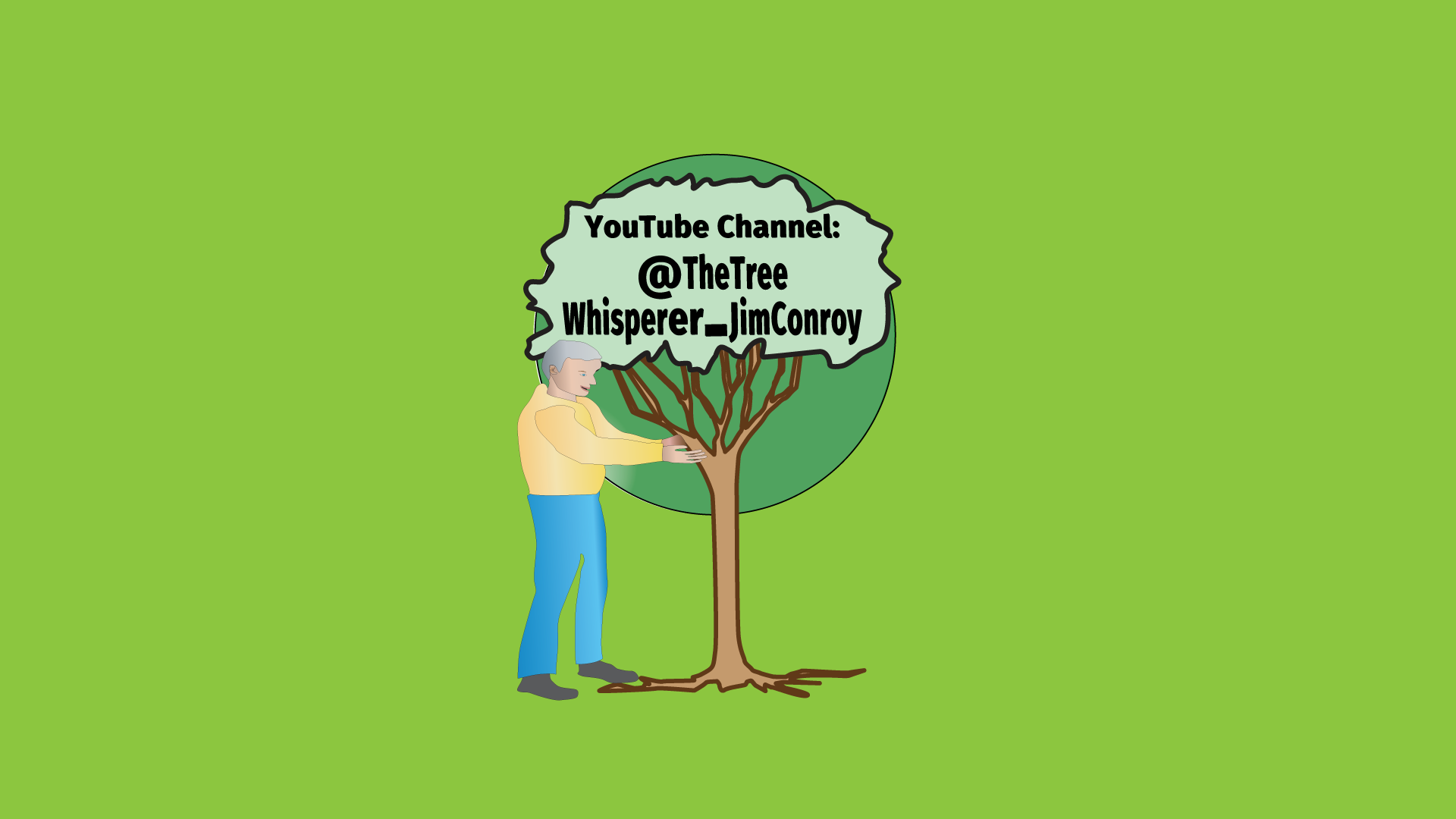Breakthrough: Trees Make Decisions
How do I know that trees make decisions?
While giving healing processes to these two trees, it became clear to me that in order to adjust their functionality, they had to “make decisions.” But obviously trees don’t have a brain to help them make decisions as humans do. They don’t think about it. So how do they do it?
My Spirit Guides guided me to understand that trees have their consciousness focused on their goals and purpose. So everything they do and every function in them is based on and aimed towards their goals and purposes. That’s the driver. So whatever they do and how they grow is based on their goals and purposes.

Large Oak tree hit by lightening in Harding, New Jersey
That tree made a decision. Trees don’t make decisions like people do: thinking about it. They “decide” in alignment with their consciousness about their goals, ideals, innate potentials, purpose and more. Not a bad approach for people, too.
The tree had to evaluate whether the branches and leaves on the part hit by lightening could support its goals and purposes.
The tree took some time to do that. The leaves and branches DIDN’T die right away. They stayed green for a while as I watched its progress.
Once it “figured out” that the branches and leaves weren’t going to support its goals and purposes, it took the food out of those leaves. They slowly dried up. Then, it let those branches and leaves die. When that was done, it sent its health energy into other parts of itself that weren’t hit by lightening.
How do I know this? I did look at the tree regularly, but more importantly, I intuited what was going on for the tree as this process went on over about 2 months. In other words, I asked the tree what it was doing. It told me that it was doing whatever was consistent with its drive to support its own goals and purposes.
In other words, it didn’t just say, “Oh, I was hit by lightening, I’ll let that part die.” It took the time to evaluate whether that part of itself could function, could still have enough working parts to grow again and support the goals of being healthy, strong, and flourishing. In this case, that part couldn’t. So it took its resources out of that part and let it go.

Young Willow Tree in Chester Springs, Pennsylvania
This young tree also made a decision but in a different way than my previous example. As you read this, please try to come from this tree’s point of view. Put yourself into its roots to really understand how it had to manage its resources and make its decisions.
Some of its limbs weren’t healthy and strong when the tree was transplanted into this location. But “Buddy” used them since that was all he had at the time to make food for himself.
Here’s the key: He couldn’t have his “feet in 2 ponds.” In other words, he didn’t have enough energy and food resources to maintain unhealthy weak growth at the same time as trying to grow new branches. So he put his energy into growing new branches near the base with the hope that those would survive.
Buddy told me: “My goals are to be a big, healthy and strong Willow tree. But, I only have so much energy. My best chances are to use that limited energy with the old branches initially to make food for myself so I can survive. Then I can use some of that food to grow new branches. Then I’ll move ALL my energy into the new growth to support my goals. I’ll let the old unhealthy, hard-to-grow branches go because those will never make me a big, healthy, strong Willow.”

What Buddy did was to put his energy and “took his chances” with the new growth. He stopped sending energy to the old branches. Using the new growth fit his consciousness for attaining his goals and purposes. He made a survival decision.
The property owner is doing all she can to protect Buddy from deer and the elements. She has put fencing around the tree. And she has me come to work on her whole property regularly to give all the trees the best chances to survive and thrive.


.png)






